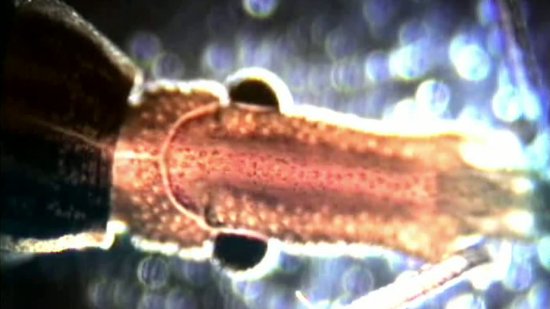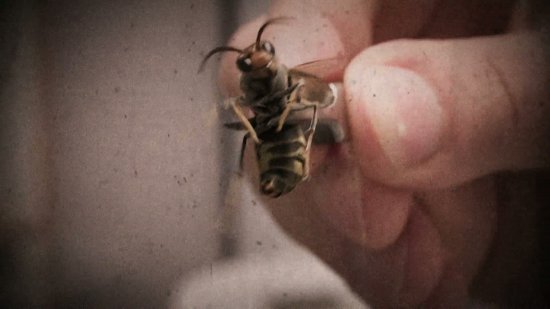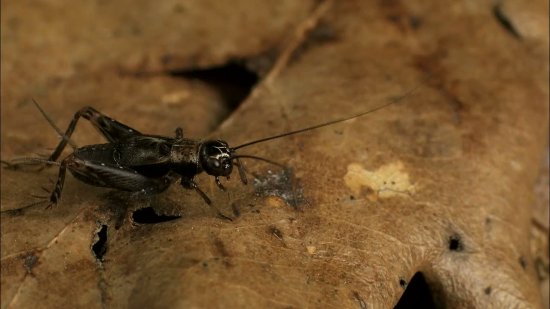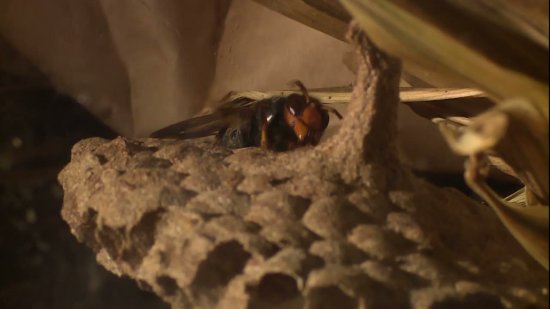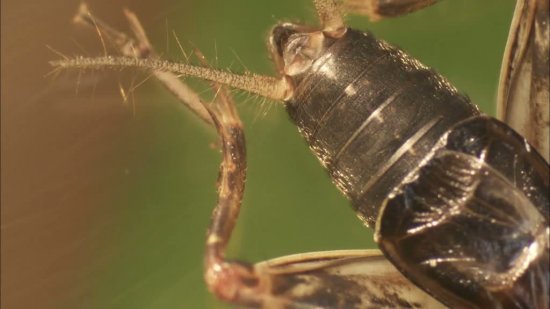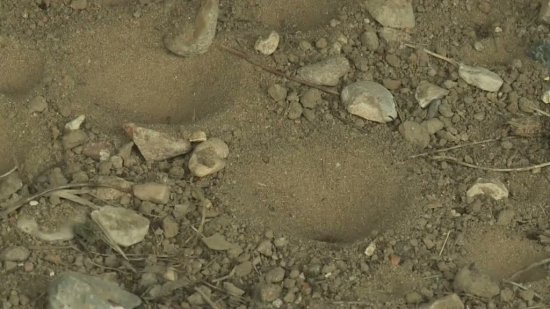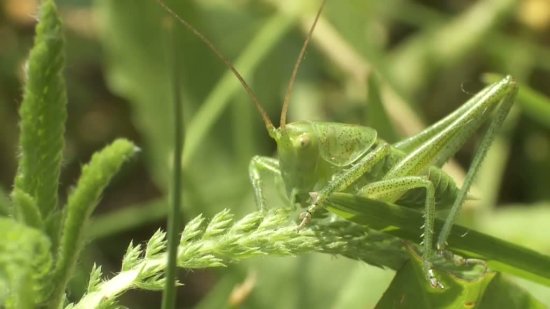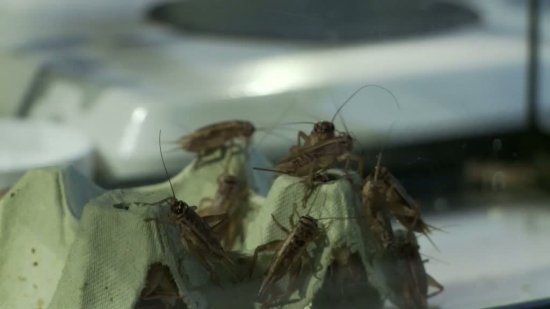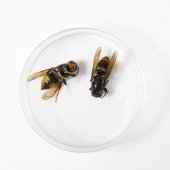
Institut de recherche sur la biologie de l'insecte (IRBI)
TOURS
The IRBI is dedicated to the analysis of interactions between insects and their environment (including environmental disturbances), drawing on a broad spectrum of skills with a resolutely integrative approach at the interface of several disciplines, from organismal biology, ecology and evolutionary biology.
